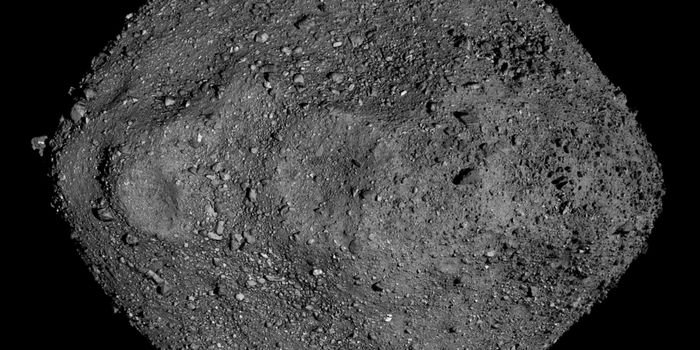NASA Wants Visit Pluto and Beyond... Again
Most probably remember the historic moments in the Summer of 2015 when NASA’s New Horizons spacecraft flew past the dwarf planet Pluto to capture the highest-resolution images of the distant world ever. A few years later, New Horizons trekked deeper into our solar system to set new precedents as it visited and photographed a distant and icy Kuiper Belt Object dubbed 2014 MU69 (now commonly called Ultima Thule).
Image Credit: NASA/SwRI
Each of these events were particularly captivating for the general public and planetary scientists alike. New Horizons was the first spacecraft to fly so close to Pluto that it could image the dwarf planet’s surface features, and it was also the first spacecraft to do the same thing with a Kuiper Belt Object. But perhaps it won’t be the last…
The Southwest Research Institute (SwRI), which was responsible for building and developing the original New Horizons mission, has purportedly been in contact with NASA about developing yet another long-term mission that will visit Pluto and additional worlds in the Kuiper Belt for an upcoming Planetary Science Decadal Survey. NASA has already put aside some funding with the hope of bringing this idea to fruition.
"We're excited to have this opportunity to inform the decadal survey deliberations with this study," commented Dr. Carly Howett, a researcher with SwRI who is spearheading the concept. "Our mission concept is to send a single spacecraft to orbit Pluto for two Earth years before breaking away to visit at least one KBO and one other KBO dwarf planet."
Related: New Horizons probe shatters even more records
This mission concept would differ from the original New Horizons mission because such a spacecraft would spend a lot more time studying the worlds that it visits. Rather than flying past Pluto as New Horizons did, the latest mission concept would linger there for at least two Earth years to gather as much information about Pluto as it could. But that’s not all…
After gathering a fair chunk of information about Pluto over a two-year period, it would then break away to visit another Kuiper Belt Object just like Ultima Thule, and then it would move on to a different dwarf planet in the Kuiper Belt for scientific observations. It remains to be seen if this mission concept would spend two additional years each at these other worlds, however.
In a nutshell, this is NASA’s chance to equip a spacecraft with a much denser scientific payload comprised of more sensors and additional imagers. New Horizons was somewhat barebones in that it was made to capture images during a brief flyby, but a long two-year orbiting mission could enable much more detailed scientific observations that would allow planetary scientists to learn more about the distant worlds it visits.
It should be interesting to see what becomes of this as it would be particularly exciting to send another spacecraft deep into our solar system. It’s not often that we get the opportunity to study distant worlds, and with that in mind, this mission concept could potentially change the way we think about the solar system’s outermost worlds.
Source: SwRI via Phys.org









